The design philosophy of Scandinavia, often characterized by minimalism, functionality, and simplicity has significantly shaped the world of interior design. In particular, lighting, a crucial component of this philosophy, stands as a testament to the fusion of utility and elegance.

Commonly referred to as Scandinavian Lighting, this principle combines natural elements, simple designs, and functionality to create a lighting atmosphere that doesn’t just illuminate, but also transforms spaces. Throughout this discourse, we will delve into the depths and intricacies of Scandinavian Lighting, tracing its roots, identifying its unique characteristics, and exemplifying its impact on the interior design landscape.
Understanding Scandinavian Lighting
What is Scandinavian Lighting?
Scandinavian lighting encompasses the principles of Nordic design, capturing the essence of the region’s cultural ethos and responding to its unique geographical conditions. At its core, it is characterized by functionality, simplicity, and natural elegance. This type of lighting is purposefully designed to combat the long, dark winters that characterize the Scandinavian region, emphasizing a warm, cozy, and inviting ambiance.

Origins of Scandinavian Lighting
Scandinavian lighting traces its roots back to the mid-20th century, during the widespread embrace of Modernism. Countries like Denmark, Norway, and Sweden began to produce designs that were simple yet sophisticated, functional yet beautiful. This was largely a response to the local climate, where sunlight is scarce for much of the year. Hence, creating interior spaces that felt luminous, warm, and inviting became a fundamental aspect of Scandinavian design.
Core Principles of Scandinavian Lighting
There are three main principles that underpin Scandinavian lighting design — functionality, natural materials, and lightness. Functionality is prioritized; every fixture is designed for utmost utility and convenience, often featuring adjustable heights, angles, and other customizable features.
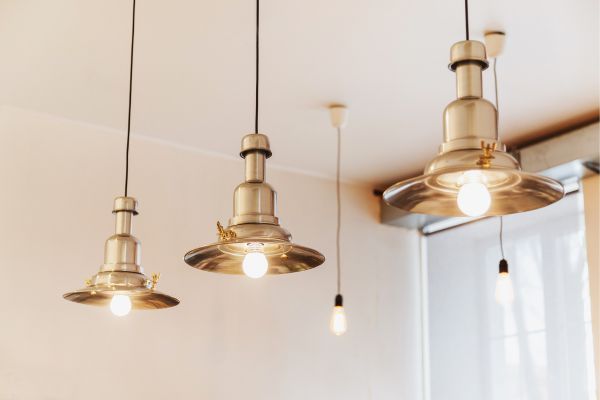
Natural materials are also prevalent, with designers frequently incorporating elements like wood, glass, and metal in their pieces to emphasize a connection with nature. Lastly, the quality of light itself plays an enormous role. Scandinavian lighting design emphasizes softness and warmth, creating an ambient glow that counteracts the harsh external darkness of the winter months.
Unique Characteristics of Scandinavian Lighting
Scandinavian lighting is also distinguishable by certain aesthetic features. Sleek lines, minimal ornamentation, and an overall sense of practicality and craftsmanship characterize these designs. The colors are typically on the neutral side, including white, grey, and other soft tones that reflect light and create a sense of spaciousness. The aim of Scandinavian lighting is to create a peaceful, harmonious environment, and as such, the fixtures are designed to be visually unobtrusive and blended within the space.

Scandinavian Lighting Designs: An Exploration of Materials
Scandinavian lighting designs are truly representative of northern landscapes, using materials sourced directly from nature including wood, metals such as copper and brass, and various kinds of glass. Sustainability is a core tenet of these designs with materials primarily selected for their environmentally friendly properties and easy availability. A classic example is the abundant use of wood in constructing lamp bases and shades, with cord details adding a rustic finish. Similarly, the crystalline transparency of Nordic light is mimicked by frequently incorporating glass in pendant light designs.
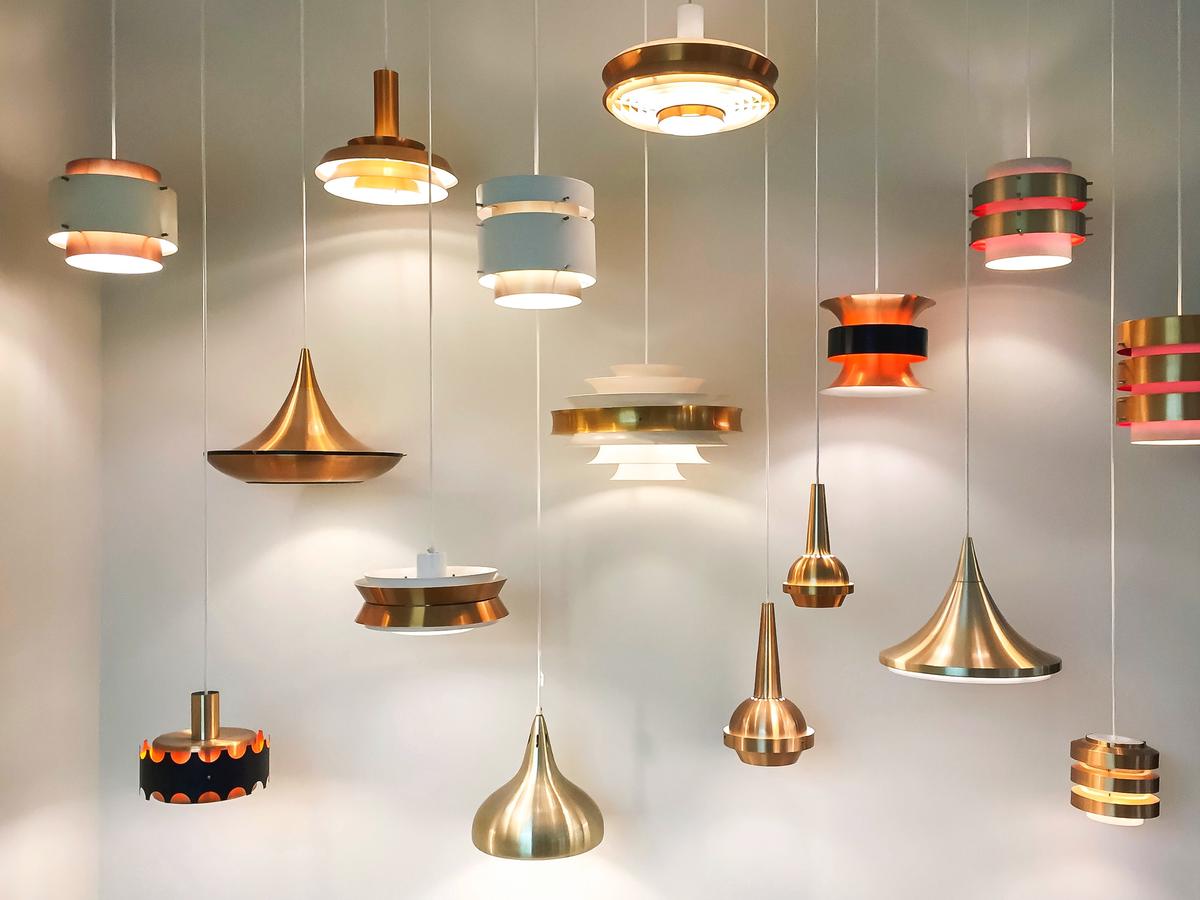
Photo by etiennegirardet on Unsplash
The Importance of Scandinavian Lighting in Interior Design
Incorporating Scandinavian Lighting in Interior Design
The principles of simplicity and minimalism that underpin Scandinavian lighting have found their place in global interior design scenarios. This lighting technique goes beyond practical utilitarianism, becoming an integral part of the overall aesthetic that transforms any space into a warm, inviting sanctuary. Adding to its allure are the clean lines, the thoughtfully incorporated natural elements, and a monochromatic color scheme that are characteristic of Scandinavian design. These features make Scandinavian lighting fixtures a versatile choice, effortlessly adapting to a variety of interior design themes.
Ambiance Creation with Scandinavian Lighting
Lighting is a principal player in creating the ambiance or mood within a space. Scandinavian lighting capitalizes on this by providing a warm, soft, and soothing glow which imitates the natural light of the Nordic regions. Whether it be floor lamps that cast upward light for softly dispersed brightness, or pendant lamps that offer focused light over dining tables or kitchen islands, Scandinavian lighting solutions effectively create inviting atmospheres that make spaces feel welcoming and homely. Simultaneously, these lighting choices uphold the Spartan, yet sophisticated design aesthetic inclined towards simplicity and functionality.
Functionality and Scandinavian Lighting
Functionality is a cornerstone in the Scandinavian design philosophy. There is an essential belief that items in the home should serve a purpose beyond just aesthetics. Lighting fixtures under this design doctrine invariably showcase this practicality. For instance, adjustable wall lights and directional floor lamps allow users to customize the intensity and focus of their lighting. With Scandinavian lighting, every fixture is meticulous and purposeful, thus resulting in a space that is both efficiently lit and elegantly adorned.

Sustainable Living Through Scandinavian Lighting
Scandinavian design also heavily stresses sustainability and eco-conscious living. This emphasis translates into their lighting choices as well. Many Scandinavian lighting fixtures are designed to accommodate energy-efficient light bulbs, hence reducing energy consumption. The propensity of employing natural, recylable materials in the construction of these fixtures, such as wood, glass, and metal, further underscores the Scandinavian commitment to sustainable living. The use of such materials not only enhances the connection to nature- a characteristic much beloved in Scandinavian design, but also reduces the environmental footprint.
Scandinavian Lighting: The Key to Transformational Interior Spaces
By making use of Scandinavian lighting principles, you have the ability to dramatically change the appearance and atmosphere of your interior spaces. The strategic installation of these lighting pieces can efficiently brighten up dark corners, accentuate design elements, create the illusion of larger spaces, and generate engaging focal points. These fixtures emit a quality of light that can manipulate perceptions of texture and color in a room. They serve to influence an ambiance, highlight the functionality of a space, and encourage sustainability, inevitably making a positive impact on your interior design.
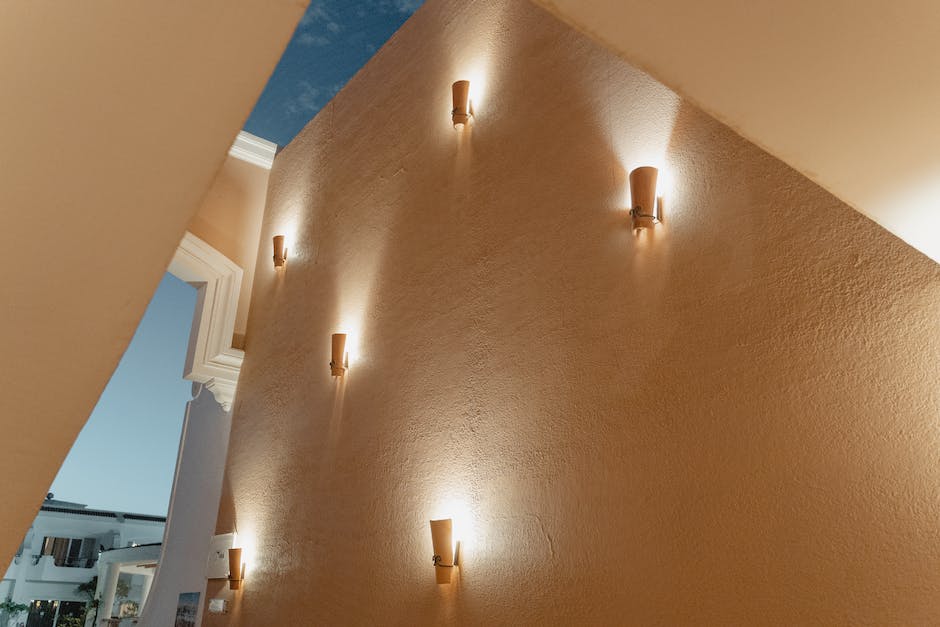
Popular Types of Scandinavian Lighting Fixtures
Exploring the Variety in Scandinavian Lighting Fixtures
The Scandinavian approach to lighting design is praised for its seamless blend of simplicity, functionality, and aesthetic appeal. You’ll find an array of light fixture types that truly embody this signature style, including pendant lights, wall lamps, floor and table lamps, and ceiling lights.
Pendant lights, designed to hang from the ceiling, are commonly used to illuminate entryways or hanging above dining tables and kitchen islands for task lighting. These types of fixtures echo the Scandinavian design principles by displaying minimalistic structures, subtle color palettes, and neat lines. They are typically constructed using materials like glass, metal, or wood, showcasing a deep appreciation for natural elements.
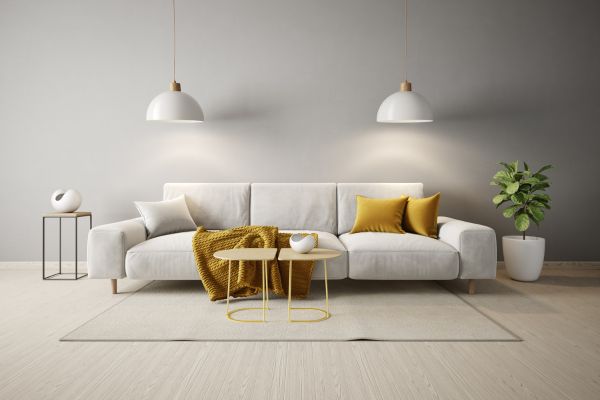
Wall lamps, which are typically used for ambient lighting in places like living rooms and hallways, are also an essential part of the Scandinavian style. The design of these fixtures emphasizes the lukewarm glow they produce while simultaneously complimenting the simple elegance of the lamp itself, creating a welcoming atmosphere that suits the Scandinavian pursuit of comfort and cosiness.
Floor and table lamps serve a dual purpose by being both functional and decorative. They often feature sleek, minimalist designs that align with the Scandinavian aesthetic. These lamps are versatile and can be positioned in various rooms, from lounges to bedrooms, producing a comforting glow that invites warmth and relaxation into the space.
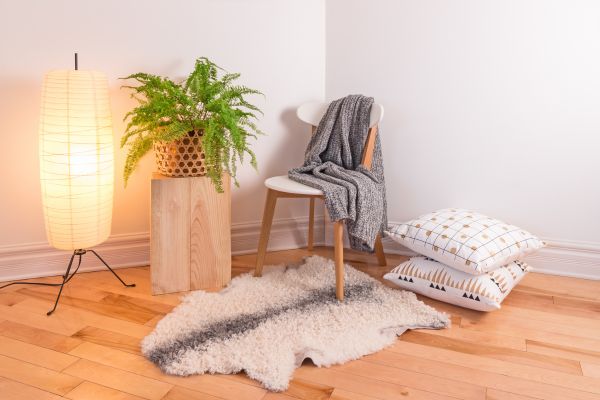
Scandinavian-style ceiling lights or chandeliers are usually striking centrepiece items in a room that simultaneously demand attention and maintain elegance and simplicity. They are often crafted with several light sources to maximize illumination, reflecting the Scandinavian design principle that values well-lit spaces, especially during the darker winter months.
Latest Trends in Scandinavian Lighting Design
Modern Scandinavian lighting design has been evolving, incorporating new technology and innovative materials. Smart lighting, for instance, is becoming more prevalent, allowing homeowners to control and customize their lights remotely, giving an additional layer of convenience and functionality.
Another trend is the blend of Scandinavian design with elements of other styles. For example, the fusion of industrial and Scandinavian style—often referred to as “Scandi-industrial”—features the hallmark clean lines and simplicity of Scandinavian design, but incorporates raw, rustic elements of the industrial style, such as exposed bulbs or metal fittings.

The use of natural materials remains a cornerstone of Scandinavian design, but with a modern twist. Designers are using sustainable materials and focusing on eco-friendly production methods to stay true to Scandinavian tradition of respect for nature. An emphasis on warm, organic materials—like wood and ceramic—combined with energy-efficient LED lights illustrates the balance of tradition and innovation in Scandinavian lighting design.
Lastly, color is making a comeback in Scandinavian design. While the classic monochromatic palette—white, black, and shades of grey—remains popular, designers are also playing around with pops of muted colors inspired by nature, adding a subtle dash of personality to spaces without compromising the simplicity and clean lines of the design.
From apartments to single-family homes, Scandinavian lighting continues to captivate with its simplicity, functionality and beauty. These fixtures lend themselves to a wide variety of interior styles, proving that the principles of Scandinavian lighting design remain as relevant in today’s design landscape as they were during their mid-century origins.
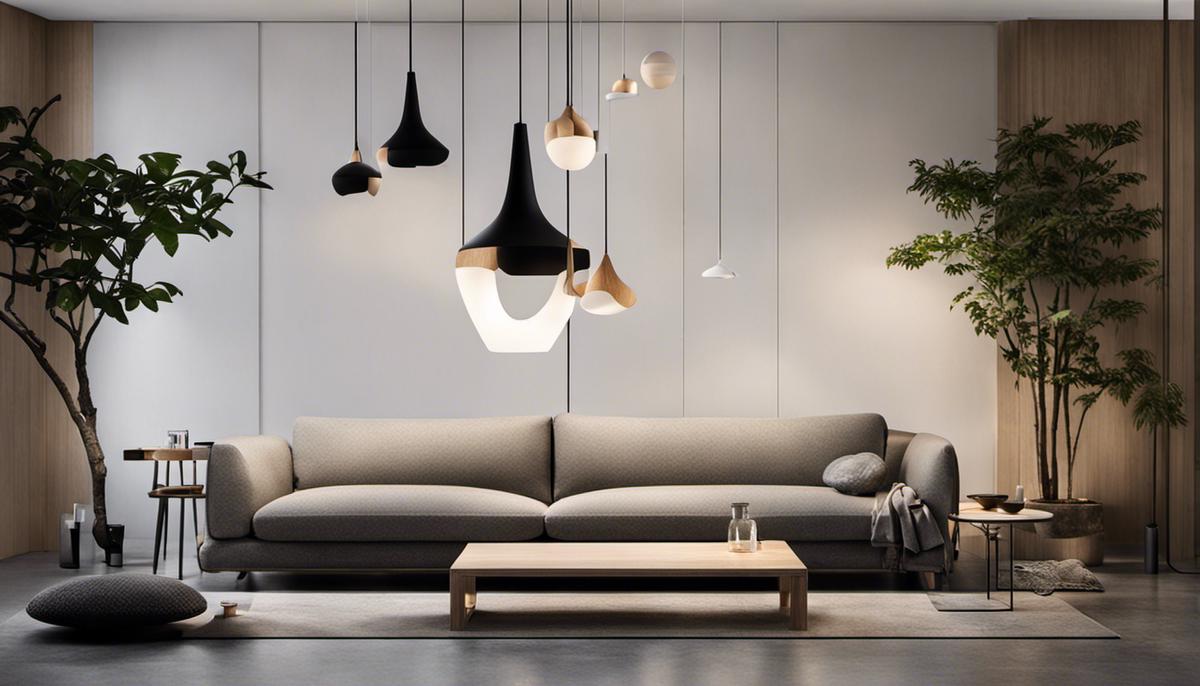
Scandinavian Lighting is more than a design — it is a lifestyle that prioritizes simplicity, functionality, and a connection with nature. Through its tailored fixtures, the lighting preserves the understated elegance of a room while simultaneously providing the necessary illumination that enhances space functionality.
As the world continues to appreciate and adapt the Scandinavian ethos, this lighting design is expected to continue resonating with many homeowners and interior designers for years to come. By understanding its principles and appreciating its artistry, one gains not only an equipped design knowledge but also a newfound appreciation for the delicate balance between form and function in design.

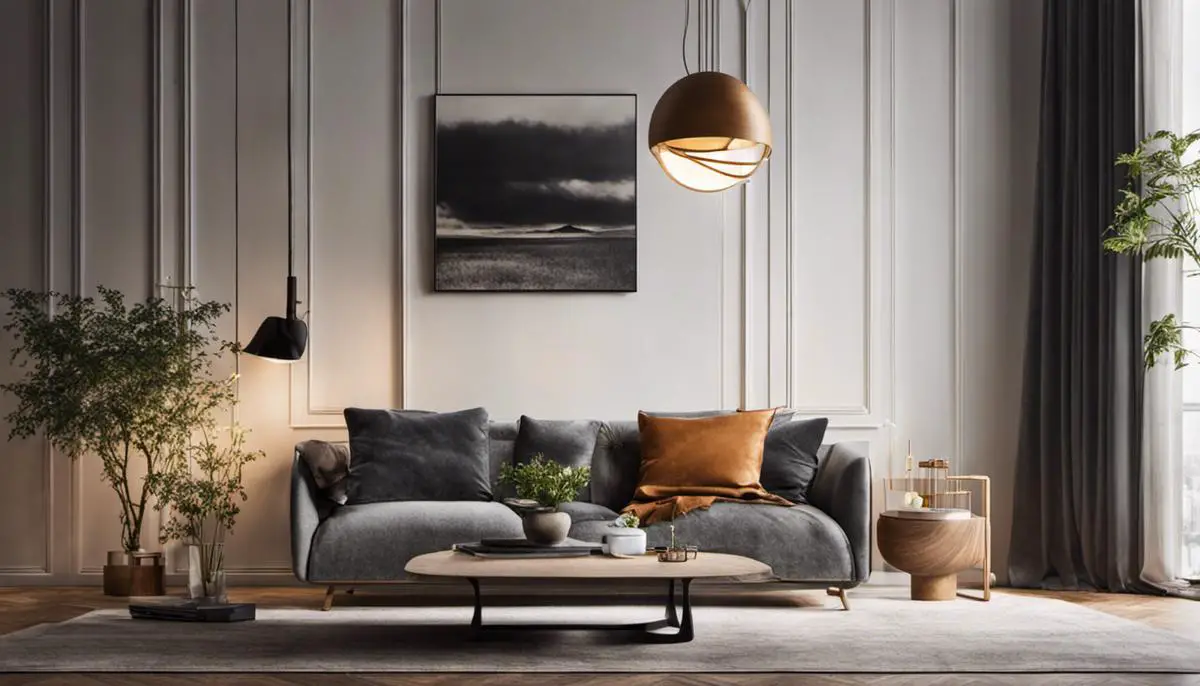
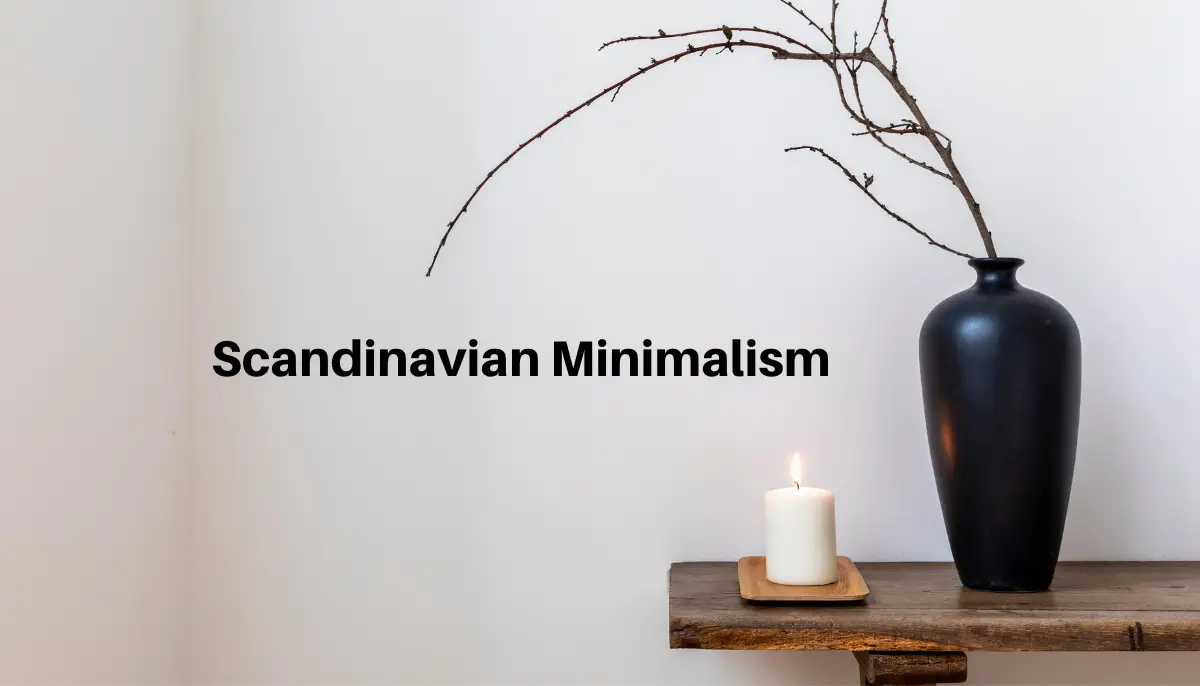
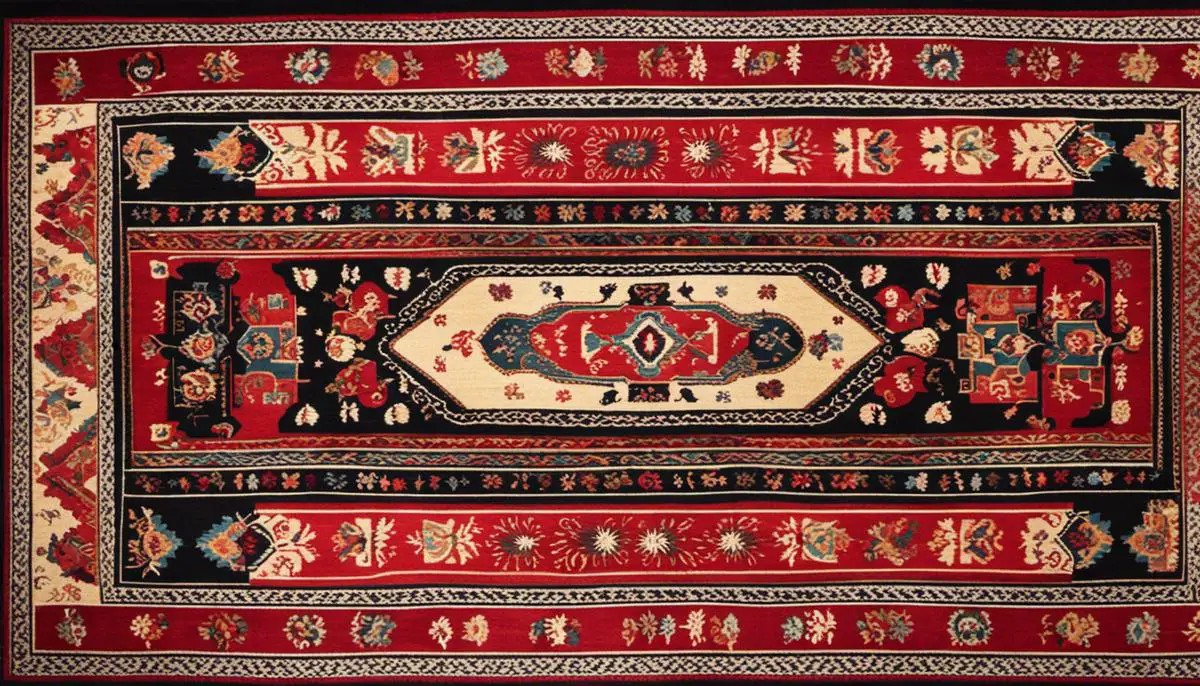
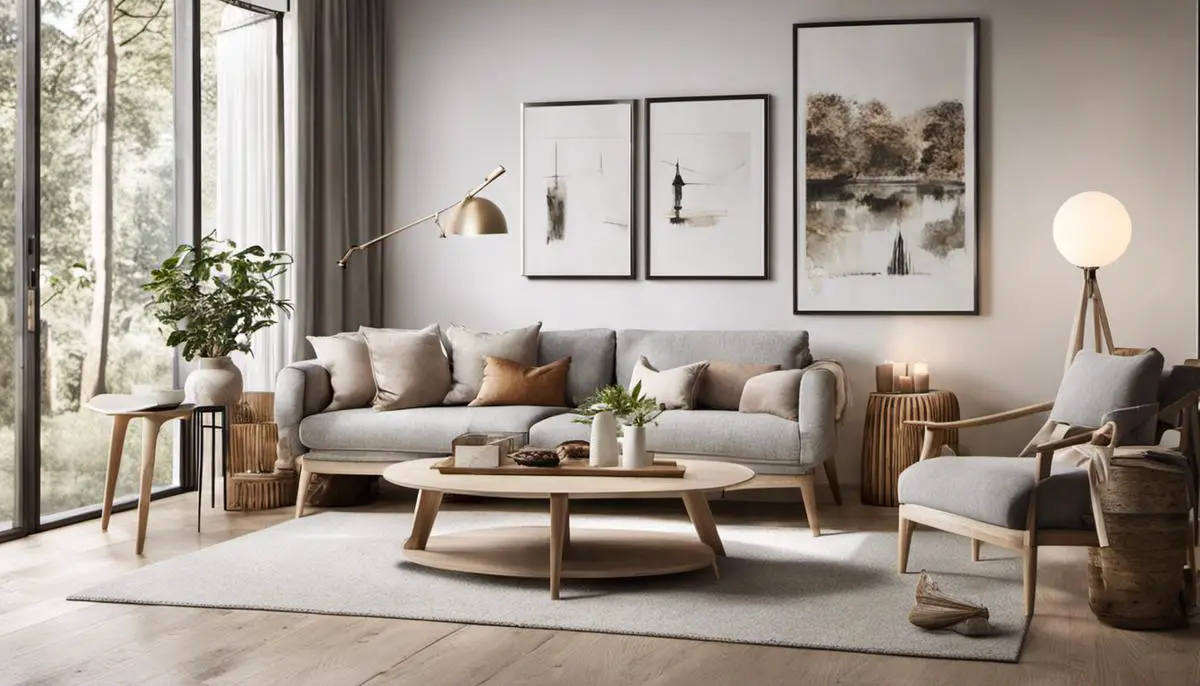
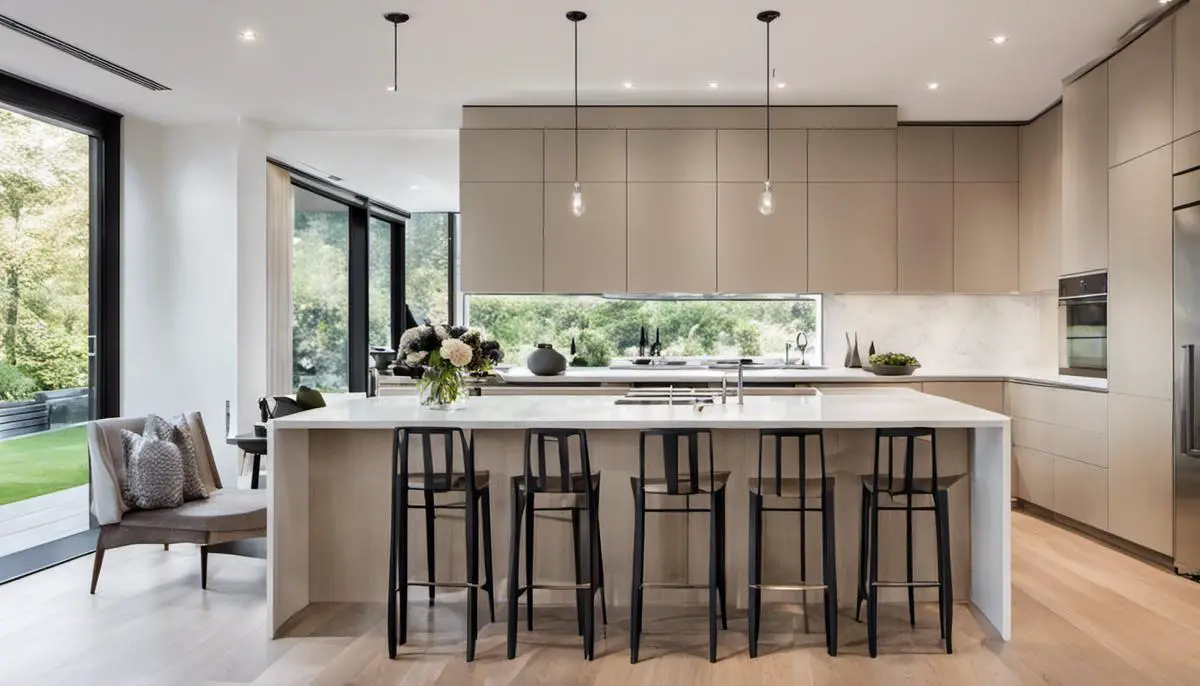
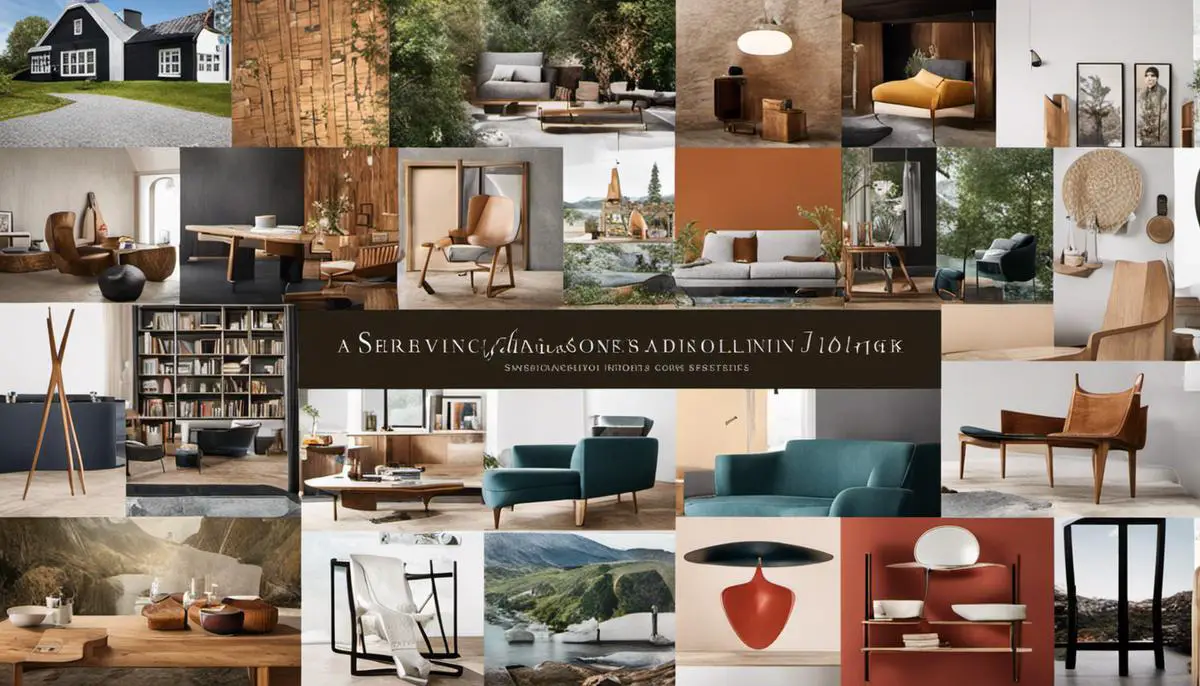
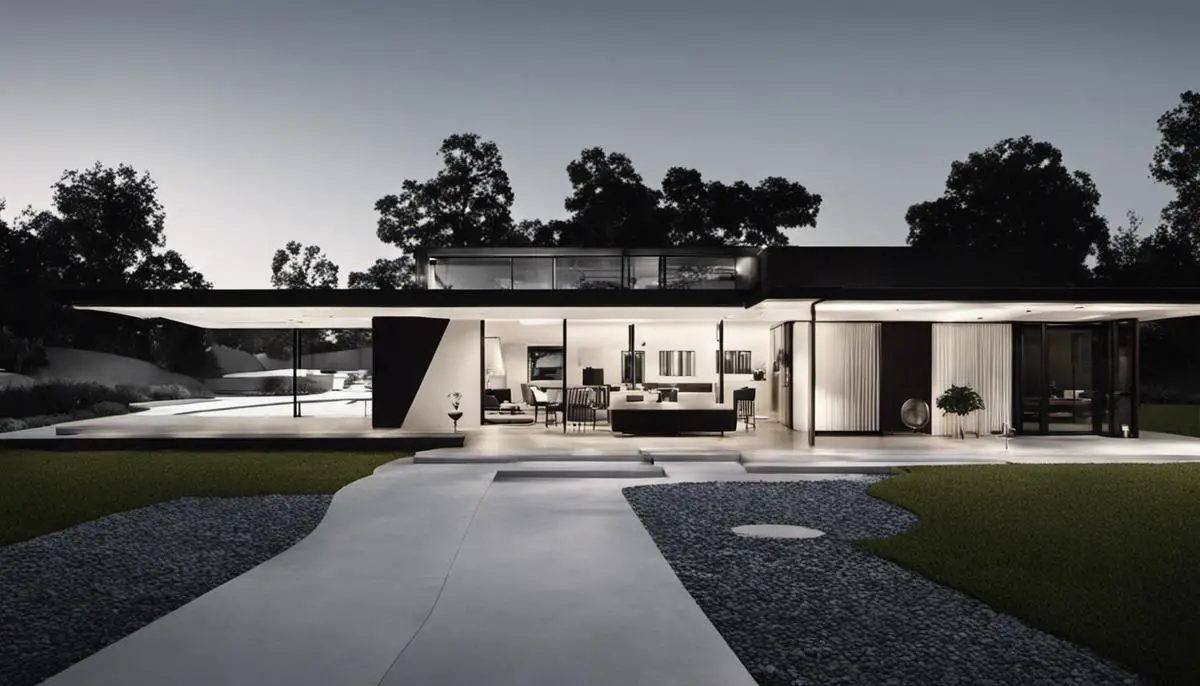

Leave a Reply